

where he called several kernel developers paid actors
He didn’t. He (rightly) called out people who have never contributed to the kernel and posted flame replies to the initial announcement on the mailing list.
This isn’t some wild conspiracy theory either, this is a thing Russia actually does: cause disarray and split “western” communities; divide and conquer. It’s an their explicit goal of the Kremlin to do this; there’s credible accounts of that.
If you want a community that’s resistant to such influences, you ought to call this sort of thing out whenever you see it.




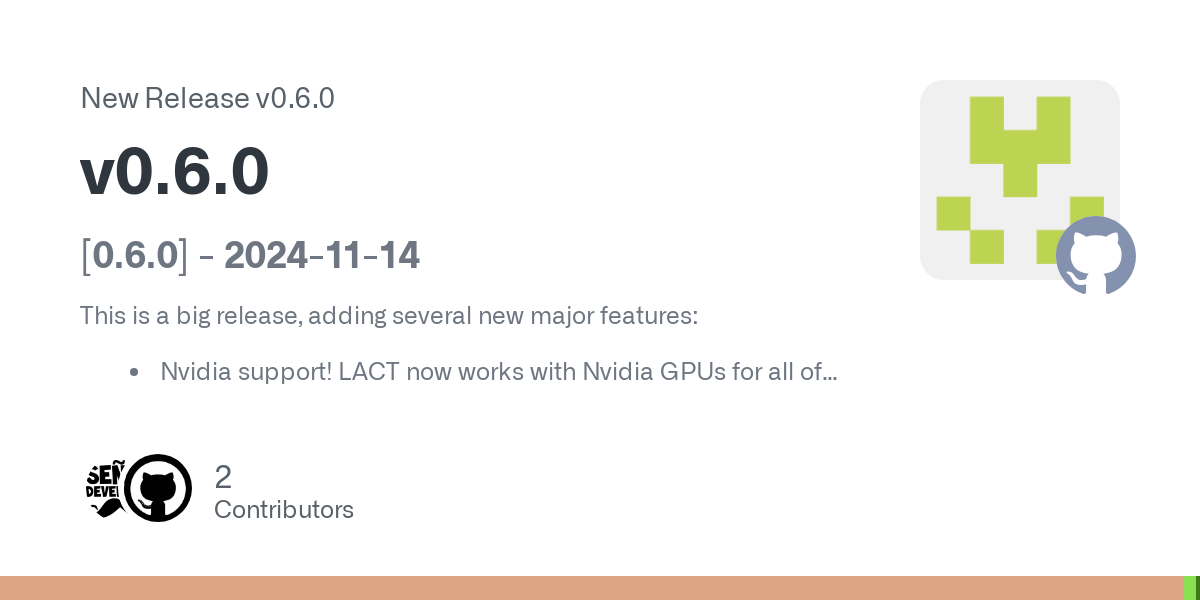



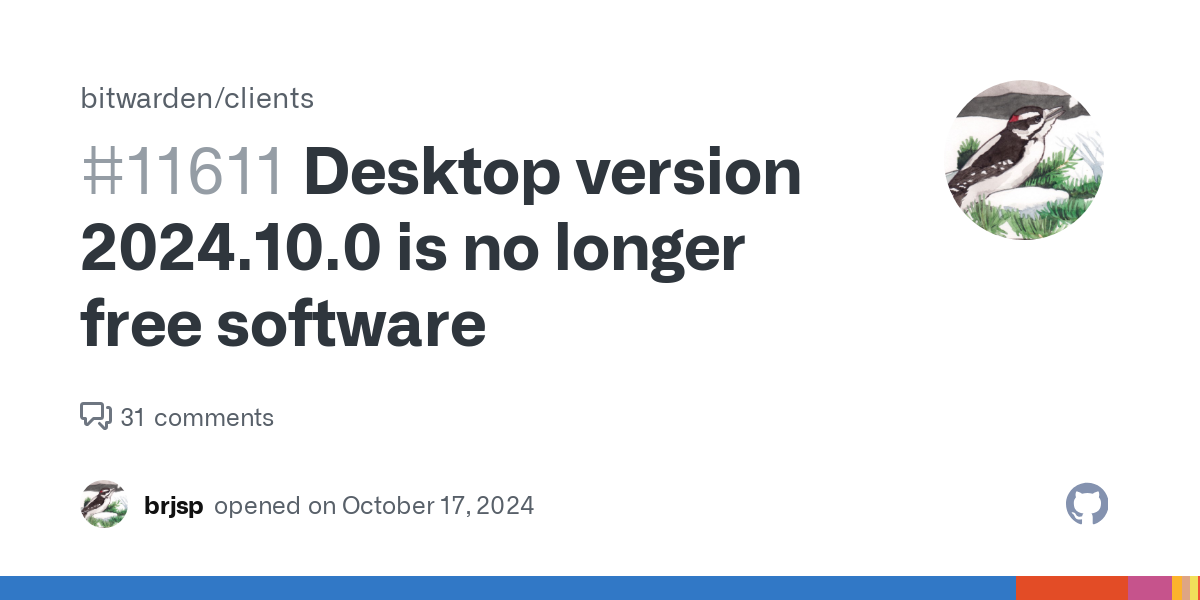
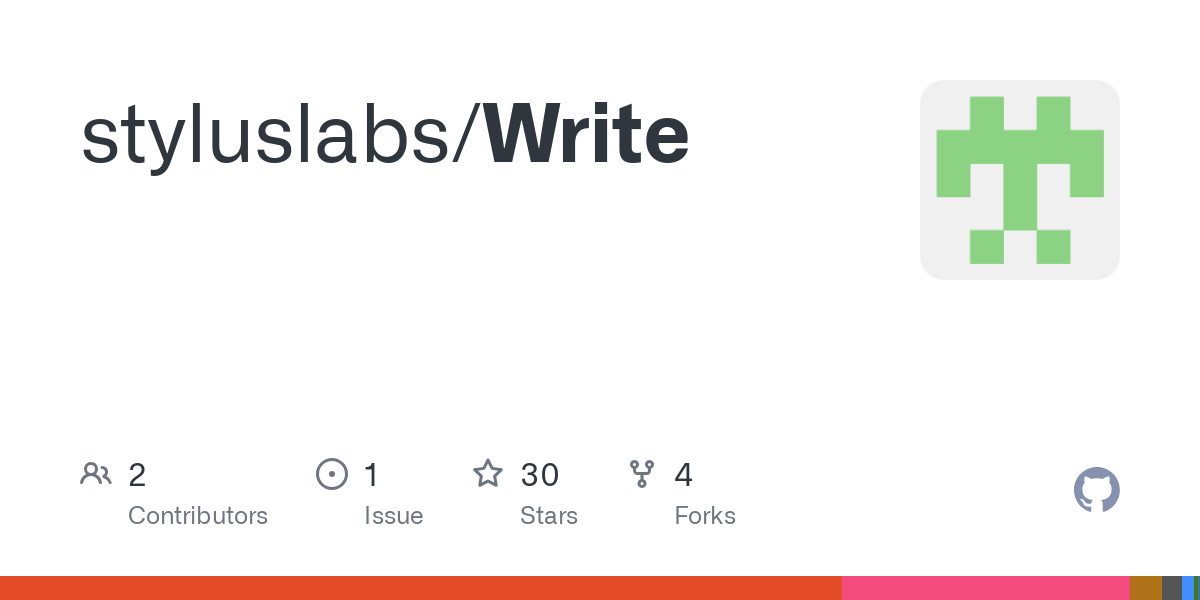
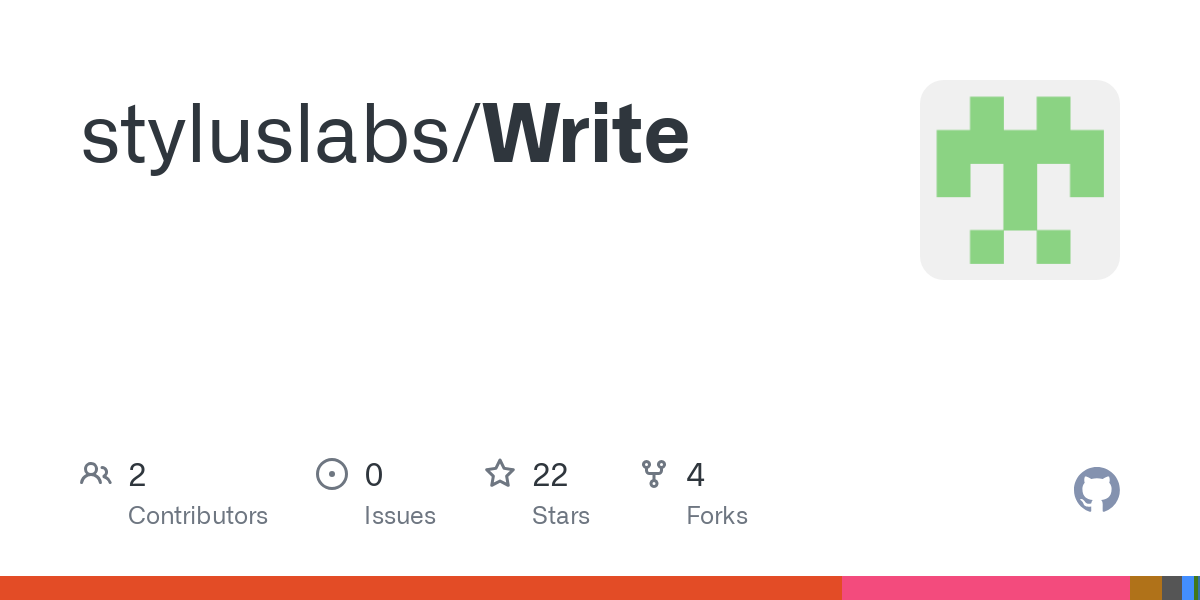
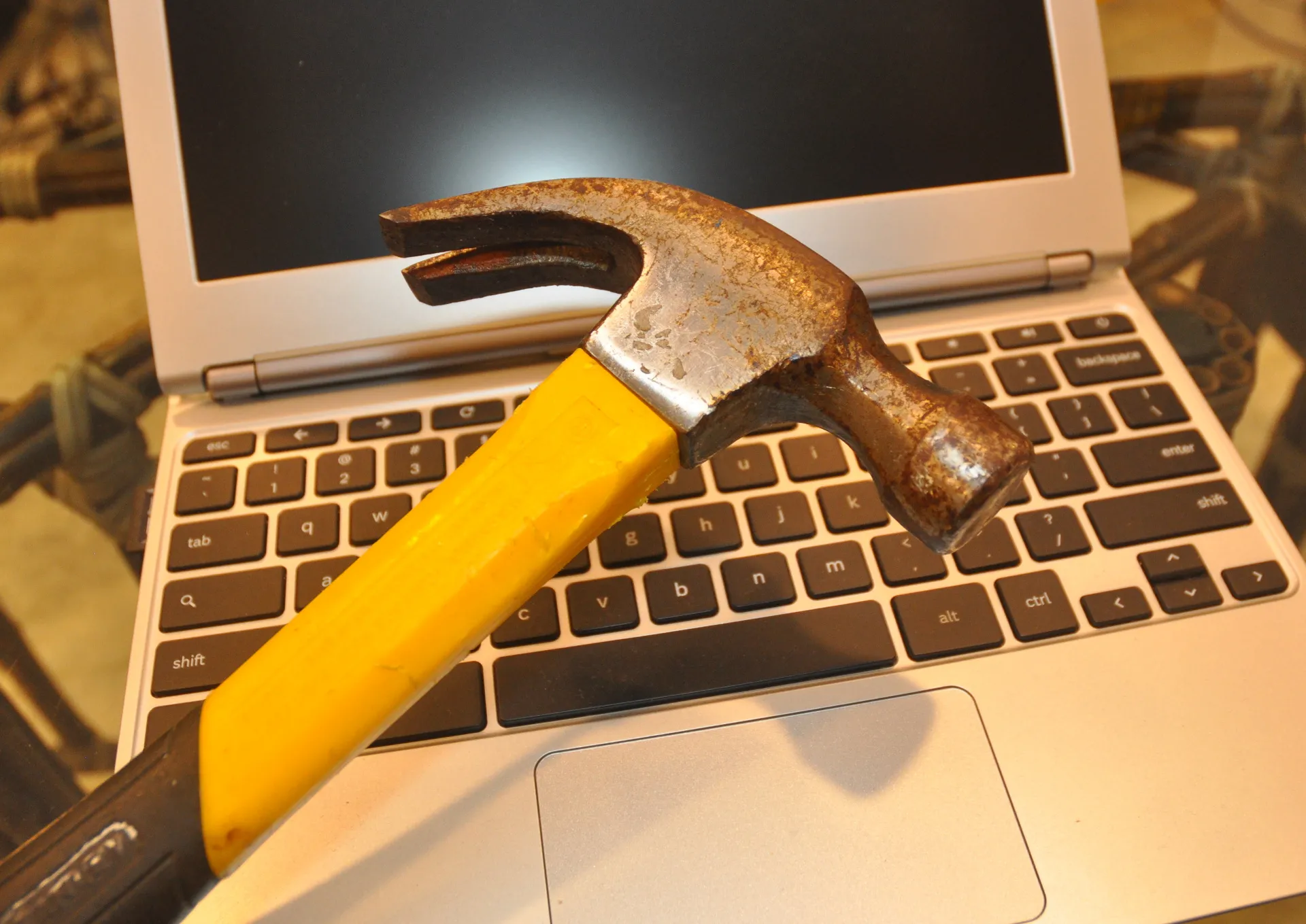
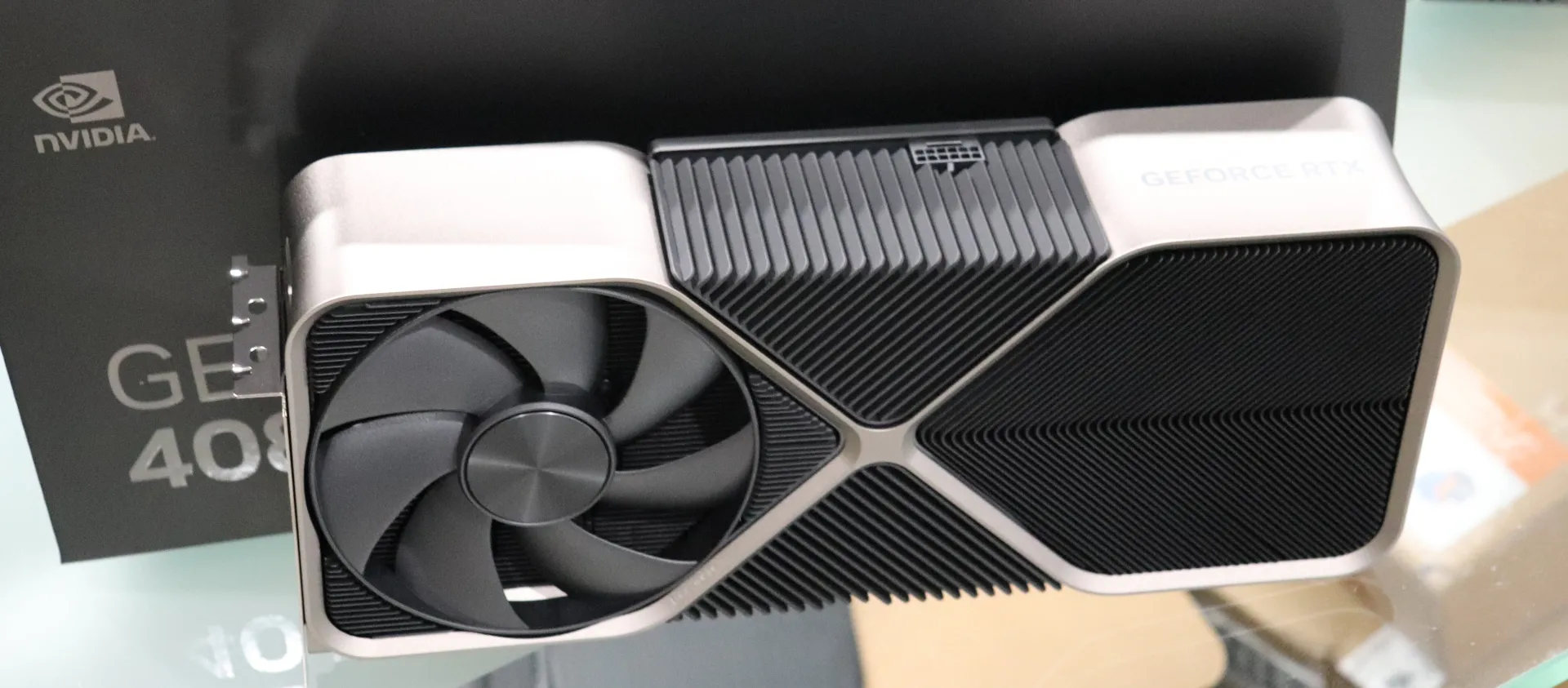
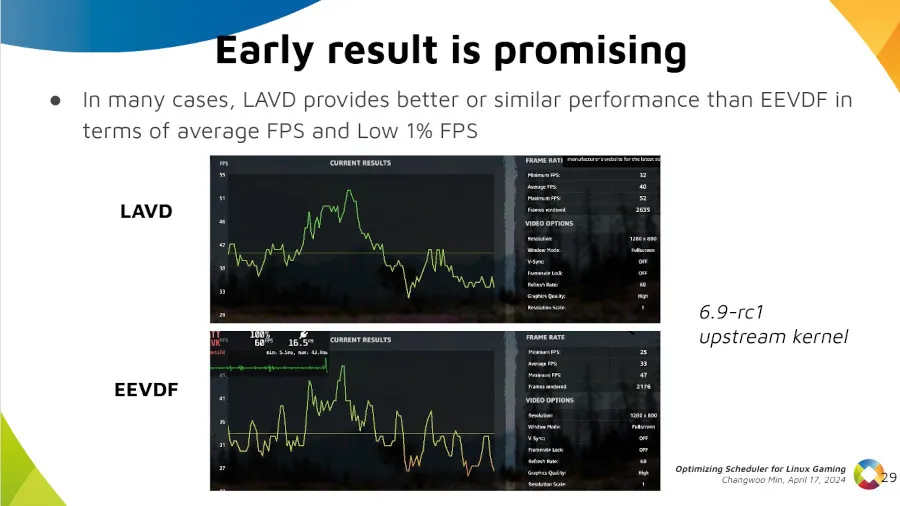





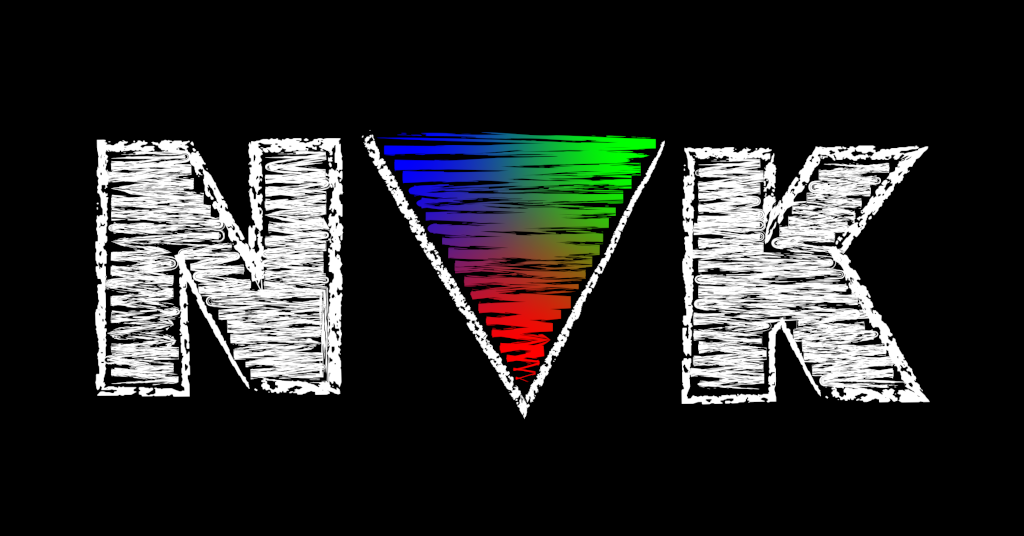
Here’s what he actually said:
That’s ambiguous at best.
I find it more likely that it’s targetted at the greater crowd replying to that thread rather than this person specifically due to it’s general tone. If Linus things you are full of shit, you can be that he will call you out specifically rather than wording it like this.
We do: https://www.phoronix.com/news/Linux-Compliance-Requirements.